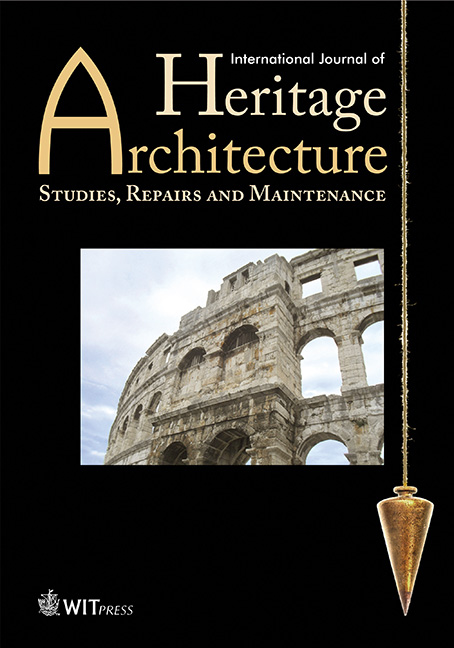MEDITERRANEAN TRADITIONS IN NORTHERN PORTUGUESE ROMANESQUE ARCHITECTURE
Price
Free (open access)
Volume
Volume 1 (2017), Issue 3
Pages
10
Page Range
430 - 440
Paper DOI
10.2495/HA-V1-N3-430-440
Copyright
WIT Press
Author(s)
M. MALHEIRO
Abstract
‘The Mediterranean was the diffuser of ideas and techniques from the remote and rich Orient.’ From this statement, written by the geographer Orlando Ribeiro, we understand the cultural changes that have occurred between the North and South of what would be Portugal. The cultural changes derived from contacts that the various migrations caused during the second quarter of the 12th century had important implications on thought, allowing the appearance of the ‘national’ Romanesque, a nationalized or regionalized synthesis phenomenon, which emerged in northern
Portugal. This article is based on the analysis of 58 Romanesque buildings inserted in the basin of River Douro, the old border between the northern Christians and the southern Muslim rule,
separating these different worlds. This analysis seeks to highlight the specific constructive tradition of this region, which could articulate multiple identities, where the result is different from
the sum of the elements, being considered by many as the most important aspect to be highlighted in the Romanesque of the Sousa, Tâmega and Douro river valleys. The Islamic permanence in the Iberian Peninsula was long, lasting about eight centuries, and natural ‘compatible rhythms’ coexist between the two arts, population and political realities in this border area. Constructive
synthesis derived from a heterogeneous culture in its origins and manifestations, unified by a powerful collective desire, a desire to be together in one place. Thus, the early years of Portuguese
Romanesque were not the starting point of an ex nihilo movement and of a sudden revival. An art does not die suddenly to leave the place free for another art to arrive. The article exposes this constructive legacy, owing, in part, to the times in which the border existed, showing the contact points between the two artistic realities and its manifestations in the Romanesque architecture of the region.
Keywords
conservation, constructive legacy, Portuguese Romanesque architecture




